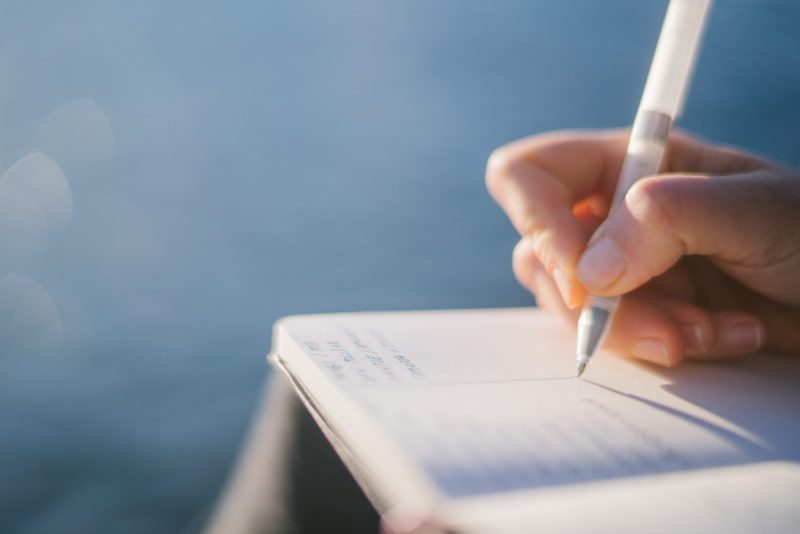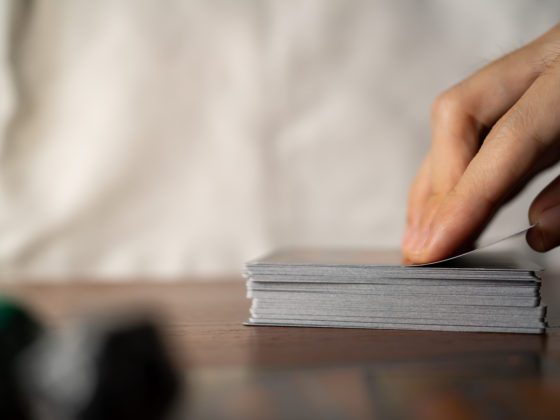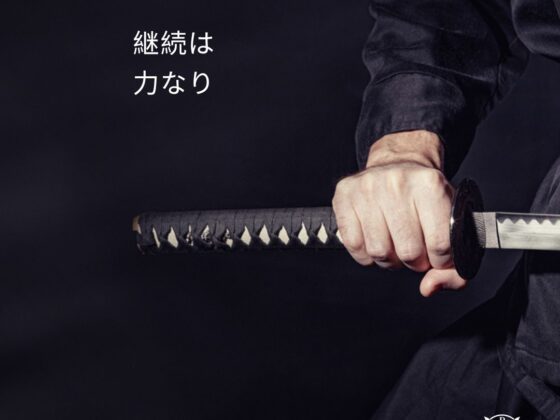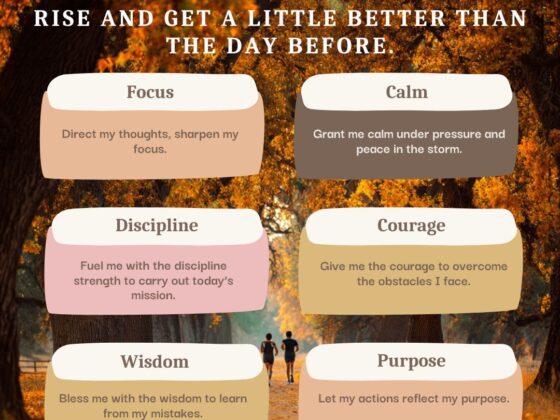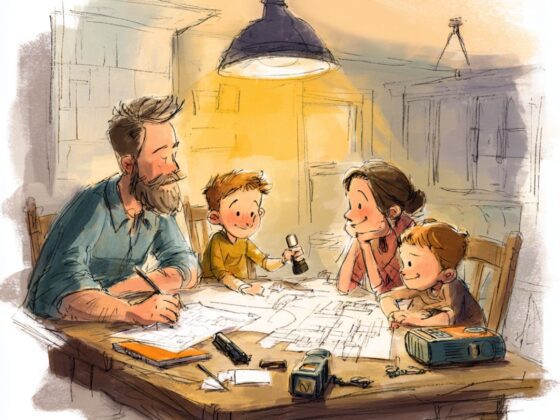For a few years now I have been struggling with reading and writing. I have challenged myself recently to follow a strict reading schedule of a minimum of 10 minutes or pages a day. When I started this regiment I would read but would not be able to focus on what I was readying. This was a far cry from my younger days when I would stay up past my bed time reading a book I enjoyed for many hours. I can still remember those books today.
What was going on? Why could I not focus and concentrate as I had in the past? Where had the enjoyment gone? More exercise, better eating, and a commitment to reading every day have definitely helped. In the previous 12 months, I think I read at most two books but I have exceeded 20 books in the last 12 months. I can also notice a difference in concentration, focus, and reading now compared to the books I was reading earlier in the year.
Okay, so this book review is about writing not reading. But I did want to segway into the same discipline that I applied to reading and also to writing. The book How to Write: $50,000 of lessons for less than $5 taught me two major lessons or themes that I have already put into practice. Similar to my challenges to read, writing has been a struggle. I am trying to write a blog and every time I sit down in front of the computer, nothing comes out. Total mental block.
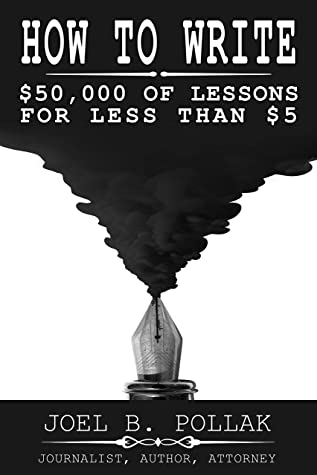
I chose How to Write: $50,000 of lessons for less than $5 because 1) I was looking for a book that could help me write and 2) I was familiar with its author Joel Pollack.
So what were the two walkaways that were the most important and helped me? The first was summarized in chapter 3, The Morning Pages. This is not a new concept and was introduced by Julia Cameron in The Artists Way. She has made a career out of trying to help creative people become unblocked or unstuck.
The “morning pages” is a very basic concept. Every morning write a full three pages. You can write about anything. Using this method I have already knocked out the first three pages of this blog post in about 15 minutes. I have also been using this to start writing letters to my father.
Joel talks about how this process is about taking risks. Imagining the impossible and making it happen. In my case, writing anything feels like a mission impossible task so I want to blog, I want to do reviews, I want to video and audio podcasts and writing are at the foundation of all of this. Unfortunately, I freeze when I start to write. In many cases I cannot move forward. The morning pages offer some exiting opportunities to get better at writing and I definitely had to give this approach a try.
The “morning pages” is a new skill set that I am trying to incorporate into my daily routine.
The second area of focus in this book that I found very interesting was something I think I had already figured out on my own. I understood that it was a problem but I did not know why. Computers are terrible for writing. The book talks about how a computer can create writer’s block or prevent the free flow of ideas. The ability to edit in real-time on the computer prevents you from finishing an imperfect first draft because you are focused on perfection.
I am not sure if there is any scientific data to support that but Joel continues to go into more detail about the importance of physical writing in chapter four and I have implemented these practices into my writing routine. The first is that I purchased myself a nice fountain pen. I followed Joel’s recommendation and purchased myself a Dryden Designs Luxury Fountain pen on Amazon.
When the pen arrived I sat down and quickly drafted a two-page letter to my dad. I was amazed! First I was amazed at how bad my handwriting had become because I have been typing on a PC for so many years. I was also surprised at how quickly I could knock out two pages of handwritten text compared to typing on the PC.
This obviously had nothing to do with the new pen. Additionally, it is much faster to type on a PC than it is to create a handwritten note. I do think the difference was more the creative flow that opened up to me when I was writing on a physical sheet of paper using a pen instead of typing on a PC.
The other thing Joel recommends in this chapter on physical writing is to find the correct physical medium (paper) to write on. He recommended some A5 notebooks from Leuchtturm 1917. I purchased one from Amazon and will try to use it in my next writing session. I think the notebook plays an important role in the overall comfort of the writing process. The notebook I used during the writing session to draft this review was a very thick volume and was very distracting and fatiguing to my writing experience. I would write quickly and well at the top of the page but as my hand drifted toward the bottom of the notepad and the palm of my hand slipped to the tabletop both handwriting quality and speed were both impacted.
I am currently at the 35-minute mark in my writing session using some of the techniques introduced in this book. I notice two things:
- My hand is really tired and my handwriting is starting to suffer. This is probably a result of not practicing but I also think the notebook has an impact too.
- I have completed seven pages of written text!!
The book goes on to cover other topics such as visual writing, speech writing, book writing, legal writing, selling your writing, and other interesting topics. I would highly recommend the book. The two writing tips that I introduced in this book alone make the book worth reading.
Moving forward there are a few things to consider. The first is converting the physical medium to digital so I can post in my blog. For this review, I am doing that manually by retyping what I have written in my notebook to my blog post. I am going to have to research options to digital scan my handwritten notes to speed up this process. I know my handwriting will have an impact on any OCR technology so I am also looking at a class to improve my handwriting.

I am also going to experiment with my iPad and its pen and there is also a solution from reMarkable that is supposed to give a paper-like writing experience in digital. I am hoping these two options will give me that free flow of ideas I am finding when I use a pen and paper but help me to speed up the handwritten to digital conversion step.
The Day Warrior
Please support me at my Patreon site!
